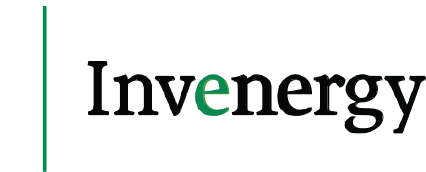About The Project
Current Efforts
Invenergy plans to submit an application for a Certificate of Public Convenience and Necessity in mid-2022.
Economic Benefits
High Noon will generate $1.2 million in local tax revenues annually once the project is completed. The $700,000 of tax revenue that will go to Columbia County will replace 40% of the revenue lost from the closure of the Columbia Energy Center. The other $500,000 will be distributed to the local townships. During the life of the project, High Noon is projected to pay hundreds of millions of dollars in payments to local landowners, salaries to employees, and payments for local goods and services, resulting in a significant increase in economic activity in the area.
Why Columbia County?
High Noon Solar Energy Center's $700K annual tax payments to Columbia County will replace 40% of the revenue lost from the closure of the Columbia Energy Center. Additionally, it will create enough energy to power the entire county, all while using only 1% of Columbia County's agricultural land. The prairie planted underneath the panels will improve water quality and reduce stormwater runoff, leaving the land in better shape than how we found it.
Environmental Benefits
To avoid and minimize impacts to wildlife and other natural resources, we work with state and federal agencies and other interested stakeholders to site, build, and operate our facilities responsibly. The cornerstone of that effort is our commitment to act in accordance with the U.S. Fish and Wildlife Service’s Land-based Solar Energy Guidelines, which includes robust pre-construction wildlife and habitat surveys, early and often communication with wildlife agencies, and operational monitoring to ensure risk to wildlife is minimized.
Additionally, High Noon Solar Energy Center will reduce stormwater runoff, improving downstream water quality while retaining nutrients that will help rebuild healthy soils, and expand habitat for pollinating bird and insect species.
Impact on County Roads
Local roads and infrastructure will be left in the same or better condition than they were prior to their use for the construction or on-going maintenance and repair of the solar project. Invenergy will enter into road agreements with the host town and county to put this commitment in writing.
Land
Solar farms have a minimal impact on farmland. Topsoil at High Noon Solar will be removed temporarily and returned in the same or better condition after construction for the life of the project. When the project is decommissioned, the farmland will be returned to production after a long rest for the soil, much like the Conservation Reserve Program of the USDA, which has been resting farmland across the US for decades.
